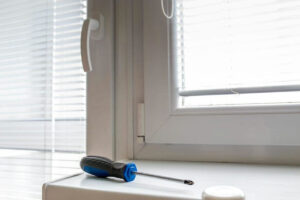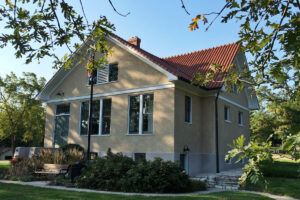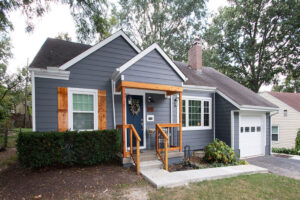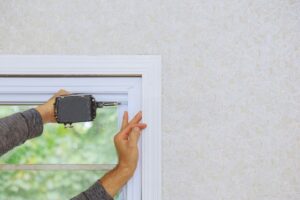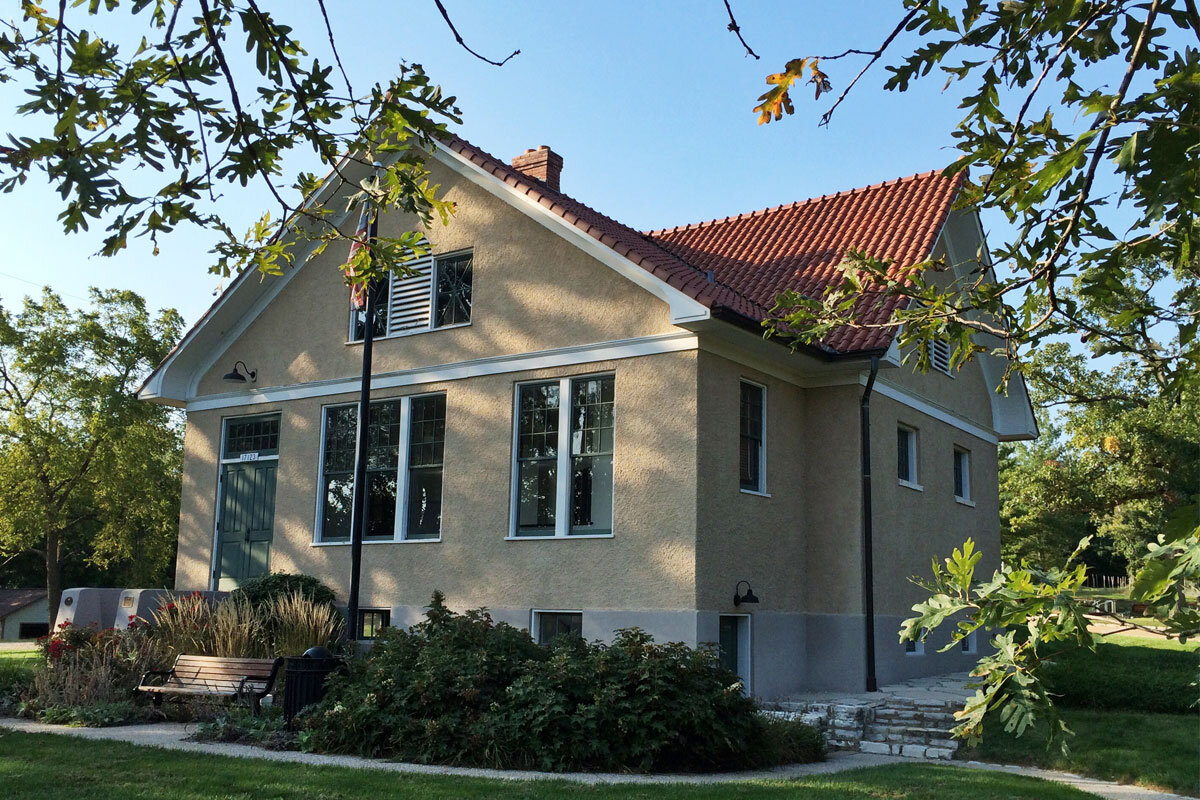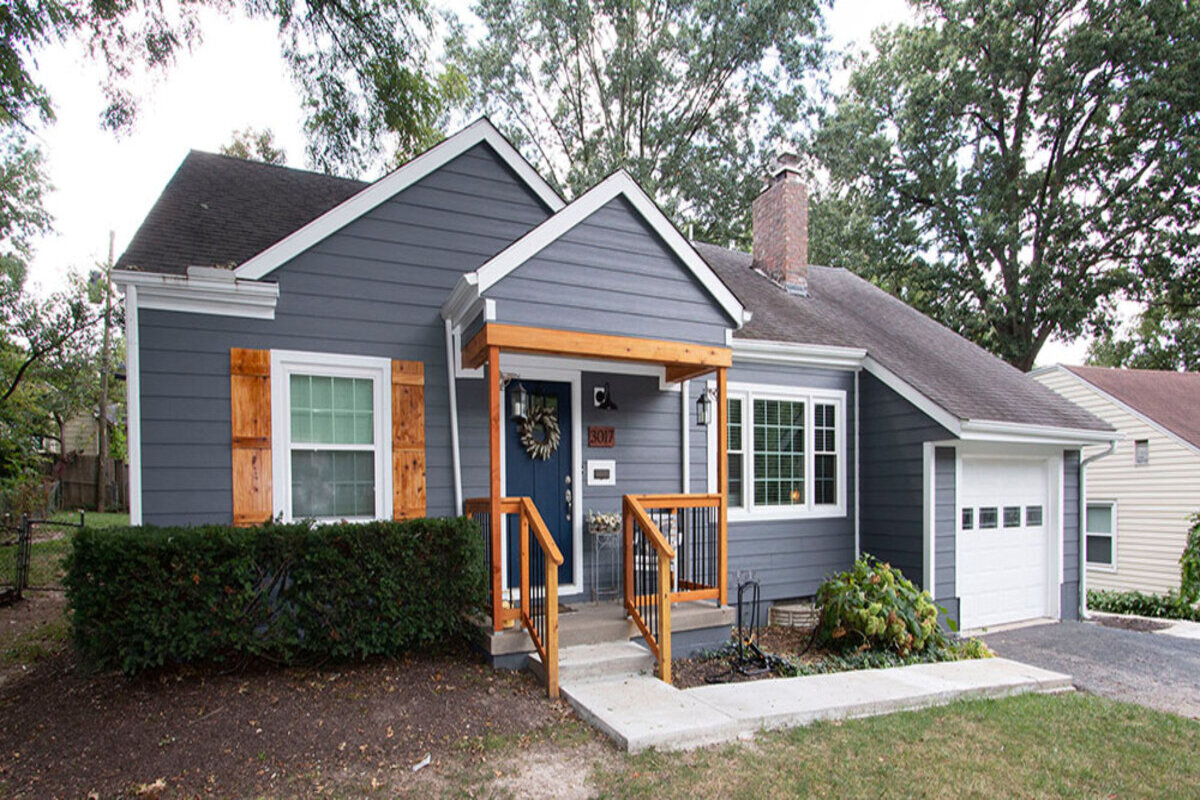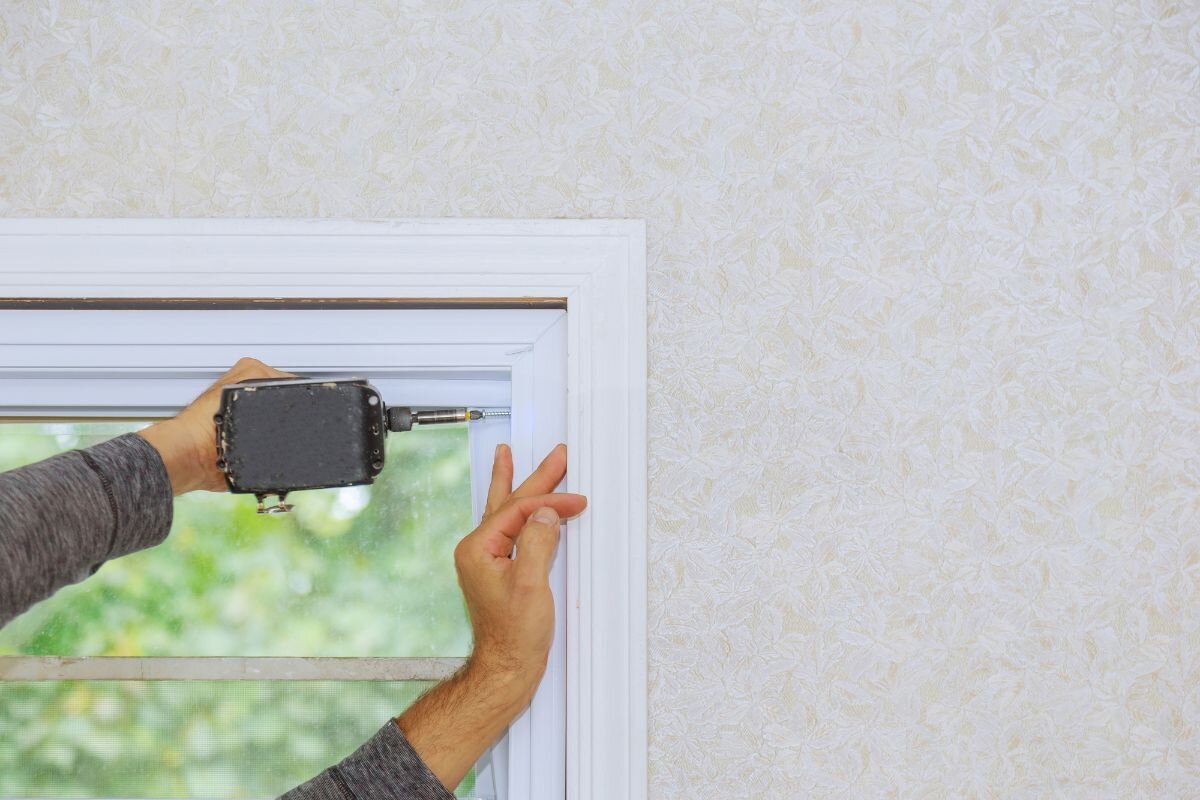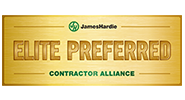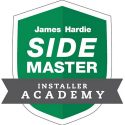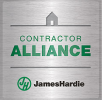If you live in Saint Louis and are considering engineered wood siding, think again. It is not a bad product, but it’s not suited to the wet climate that we have in Saint Louis.
You need to weigh the pros and cons of engineered wood for yourself. Still, in our professional opinion, James Hardie siding is the most durable and cost-effective option for Saint Louis homes.
Pros of Engineered Wood Siding
1. Has a Place in Dry Climates
Engineered wood can be an effective siding option in drier areas that don’t see much moisture. Unfortunately, Saint Louis has fierce weather throughout the year, with a lot of rain and snow through winter and humidity in summer.
2. Easy to Install
Engineered wood siding is easier to install than fiber cement because it is much lighter. It’s also easier to cut, which means installers prefer it.
At Hawthorn, our job as a contractor is to help you select the best siding for your home rather than what is easier for our installers.
3. Looks Like Wood
Engineered wood is an option if you want the look of wood siding without maintenance issues. It is also a cheaper alternative to wood siding.
Cons of Engineered Wood Siding
1. Struggles with Moisture
Our biggest concern with recommending engineered wood is that it struggles with moisture and extreme temperatures.
When installing engineered wood, you have to leave gaps at the seams because it expands and contracts as the temperatures fluctuate. These gaps allow moisture to penetrate the siding and can cause swelling.
This is one of the biggest reasons we won’t put our name behind engineered wood for siding because it isn’t going to last long term. Wood is designed to absorb moisture, and we want to provide you with a weather-resistant, durable siding option.
2. Flimsy Warranty
Unlike the 30-year non-prorated warranty you get with James Hardie, the warranties for engineered wood siding leave much to be desired.
The warranty doesn’t cover swelling and edge checking of the siding planks because the manufacturers say it happens naturally with wood products. This means you can expect to see swelling with humidity, which we have in Saint Louis for nine months of the year.
The manufacturers also won’t warranty their products in certain parts of the Pacific Northwest because there’s too much moisture. This means they’re admitting it will fail in those situations.
Engineered wood as a siding option may be great short-term, but the warranties let you know that the siding will fail.
3. Longevity Issue
Engineered wood only lasts 20 to 30 years, and that’s if it hasn’t sustained moisture damage. You also need to repaint every ten years, but this could be an optimistic timeline as moisture will cause the paint on your siding to chip, flake, bubble, and crack.
What Do We Recommend Instead Engineered Wood Siding?
If you want siding that has an authentic wood look, we recommend James Hardie siding. It is designed to withstand our Saint Louis weather and comes with a warranty that gives you peace of mind.
Made from wood cellulose fibers, sand, and cement, James Hardie board is extremely durable and resistant to rot, warping, swelling, and moisture damage.
Yes, it is more difficult to install, but it is a product you can count on for years, and its performance value outweighs the initial installation costs.
Hawthorn Home Exteriors: Your Trusted Siding Specialists
A professional siding contractor will have your best interests at heart and should recommend the siding that is most suited to your area and your home.
We trust in the quality of James Hardie for our clients’ siding, and we offer expert consultation, a transparent process, and financing options to help you complete the siding replacement project that is best for your home.
If you want to learn more about James Hardie as an alternative to engineered wood siding, contact us to set up a meeting.


